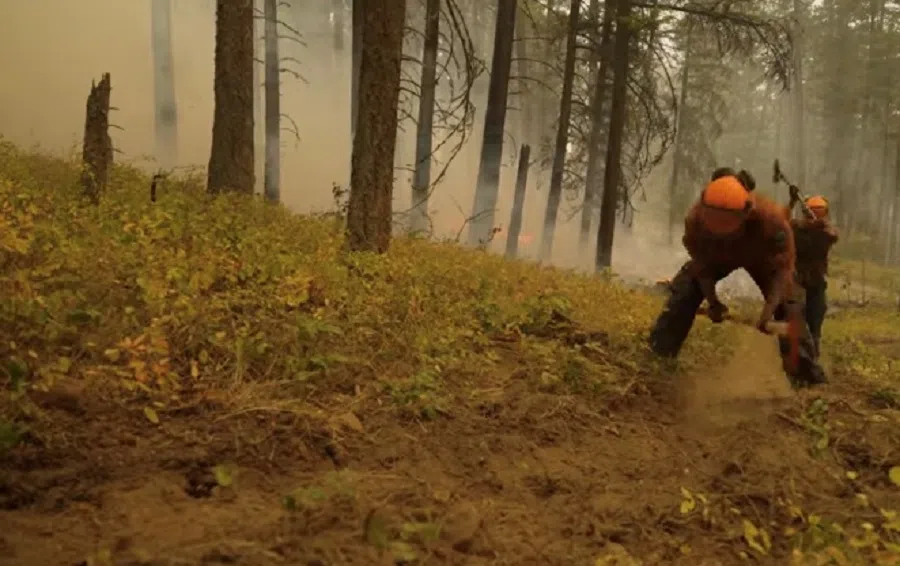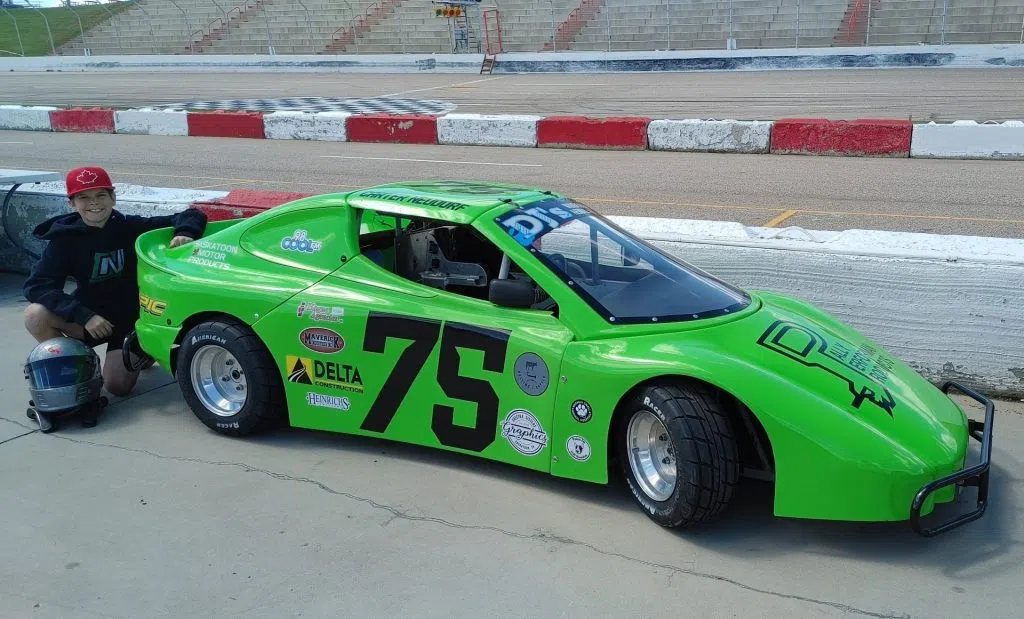The Saskatchewan Public Safety Agency is expecting at this point an average wildfire season.
Steve Roberts Vice President, Operations for the SPSA says some of the steps they are taking leading up to this wildfire season includes public communication such as cautionary messaging to avoid starting wildfires as well as preparedness plans to identify and mitigate risks in addition to determining what is needed regarding first responders training and equipment. Part of the update on Wednesday was a recap of the expected runoff this year with the Churchill River basin and further north expected to see below normal runoff in addition to not accumulating a lot of snowpack in the north this winter.
Roberts says they are also specifically concentrating on the north where they are modifying the forest and grassland around communities.
“To reduce the risk of fire entering the community. It doesn’t mean the fire won’t start outside of that boundary, but we will have tactical advantages to protect that community from any fire which does occur.”
Member nations of Prince Albert Grand Council had concerns last fire season around having more members of the First Nation work in a Type 3 firefighter role. Vice President Operations Steve Roberts says they continue to provide training for Type 3 firefighters. He says they are typically a local hire and SPSA is looking at ways of improving their recruitment at a local community level.
“As fire as our Type 2 northern community crews and First Nation’s fire crews we actually have 84 of those now. Over the last couple years, we’ve increased that from 80 crews to 84 crews so well over 400 firefighters available to us in the north.”
Saskatchewan can also expect to see the first of four new air tankers to arrive early next month. Last year at this time the SPSA announced it would spend around $187 million to buy four repurposed planes to fight wildfires in the province. The federal government committed to providing around $16 million.
Roberts says because it is a newer, more modern aircraft, they have access to simulators for training, even prior to the aircraft arriving. The planes are faster and carry more retardant. The remaining three will be arriving by the end of 2027. They are meant to replace the current fleet of Convair 580s, which are approaching the end of their useful lifespan. Two of the airplanes are dedicated airtankers. The other two can act as airtankers but can also be used for things like air evacuations, patient transport and cargo hauling.
Part of the update on Wednesday was a recap of the expected runoff this year with the Churchill River basin and further north expected to see below normal runoff in addition to not accumulating a lot of snowpack in the north this winter. Last wildfire season in 2024 had the second largest in total area burned over the last 5 years and the third largest in total area burned over the last 10 years. Roberts notes the wildfire season is dependent on how much precipitation arrives with summer and how much lightning.




















